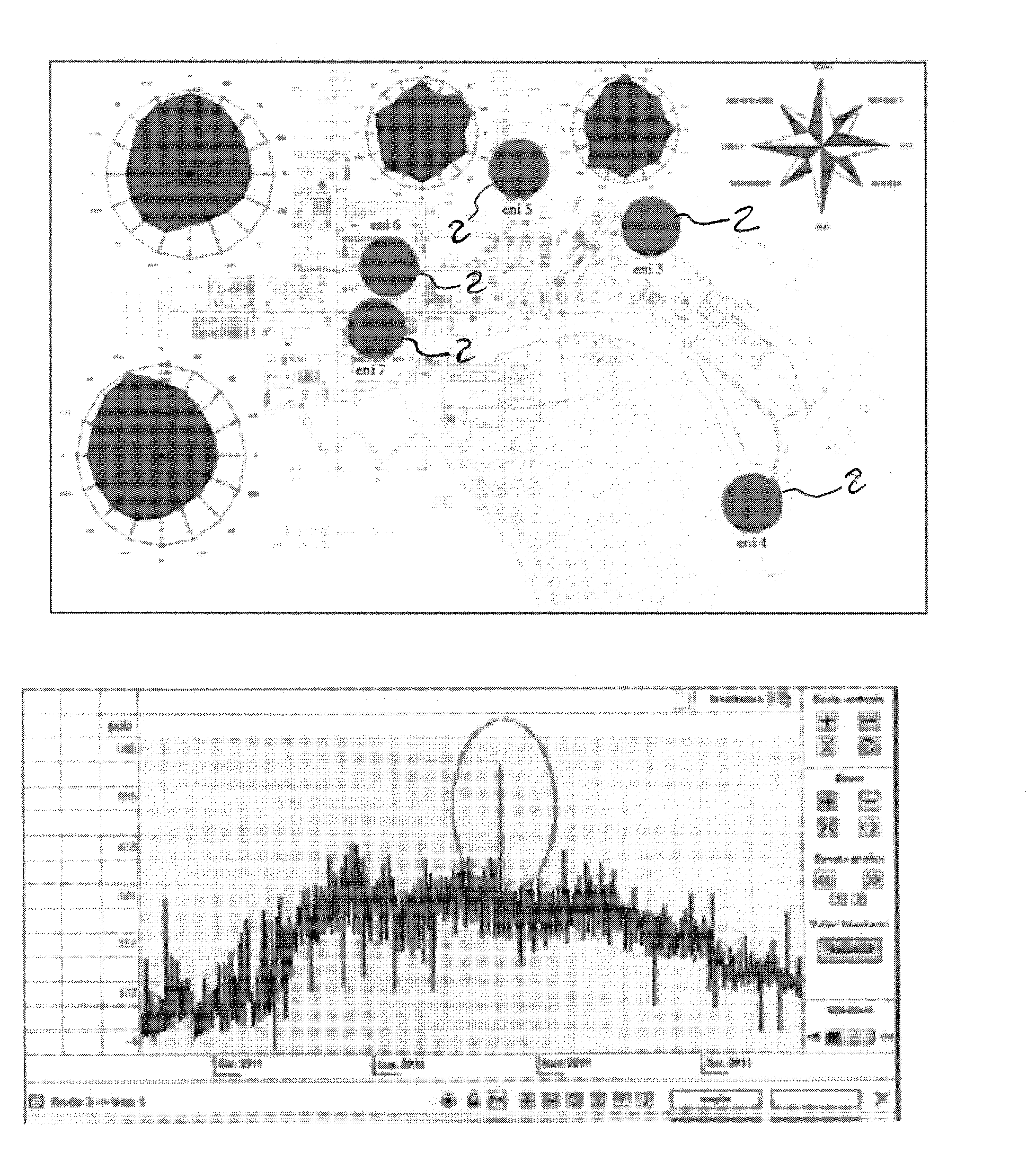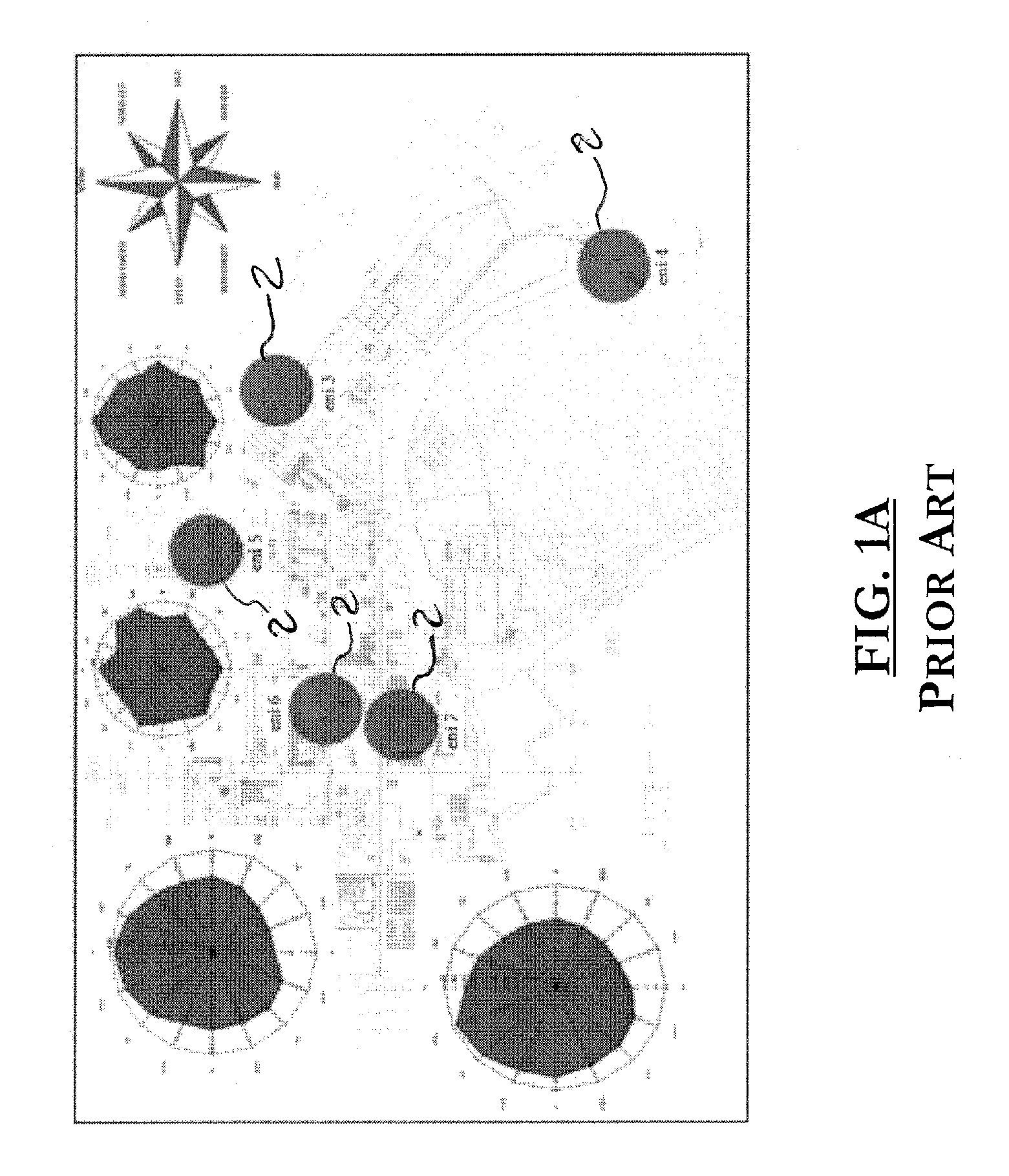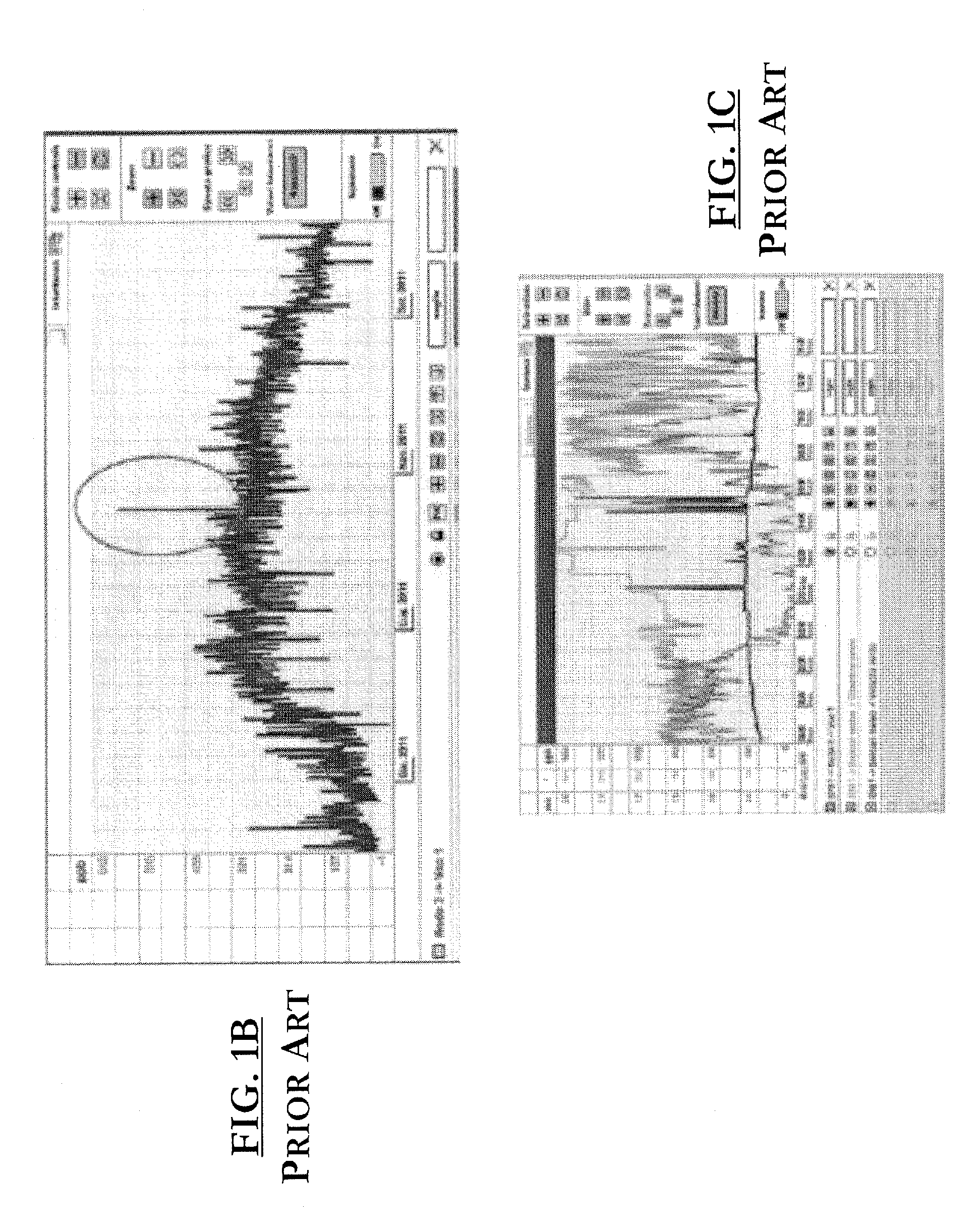Systems and Methods for Detecting Gases, Airborne Compounds, and Other Particulates
a technology of gas detection and airborne compounds, applied in the field of large aperture, 3d spectroscopic lidar systems and methods, can solve the problems of no long-distance 3d mapping system for gas emissions and the requisite plume analysis and the resulting flux calculation, no long-term, self-calibration, and path-independent features of the system
- Summary
- Abstract
- Description
- Claims
- Application Information
AI Technical Summary
Benefits of technology
Problems solved by technology
Method used
Image
Examples
Embodiment Construction
[0030]The present disclosure relates systems and methods for detecting gases, airborne compounds, and other particulates, as discussed in detail below in connection with FIGS. 5-11. As used herein, “standoff” detection refers to detection from a distance to permit operation in a remote and / or unattended fashion. The present disclosure, with suitable templates and feature extraction systems, can be employed for the detection of any atmospheric borne materials such as volatile organic compounds, biologicals, chemicals, bacteria, gases, aerosols, particulates, and even bacteria and related compounds. The system can provide a time sequenced concentration map in 3D to permit highly accurate calculation of flux and migration of the compounds of interest. The system also employs an extensive data reduction and analysis subsystem to permit extraction of features in a time resolved manner heretofore not presented in the art. The disclosed systems and methods can be used for many purposes, in...
PUM
| Property | Measurement | Unit |
|---|---|---|
| distances | aaaaa | aaaaa |
| frequency | aaaaa | aaaaa |
| wavelengths | aaaaa | aaaaa |
Abstract
Description
Claims
Application Information
 Login to View More
Login to View More - R&D
- Intellectual Property
- Life Sciences
- Materials
- Tech Scout
- Unparalleled Data Quality
- Higher Quality Content
- 60% Fewer Hallucinations
Browse by: Latest US Patents, China's latest patents, Technical Efficacy Thesaurus, Application Domain, Technology Topic, Popular Technical Reports.
© 2025 PatSnap. All rights reserved.Legal|Privacy policy|Modern Slavery Act Transparency Statement|Sitemap|About US| Contact US: help@patsnap.com



